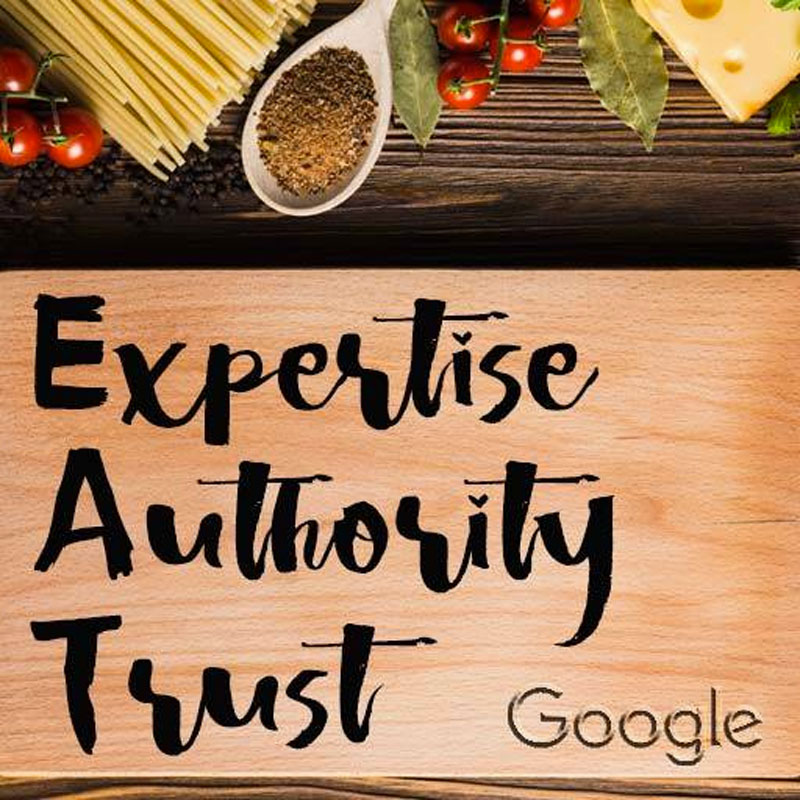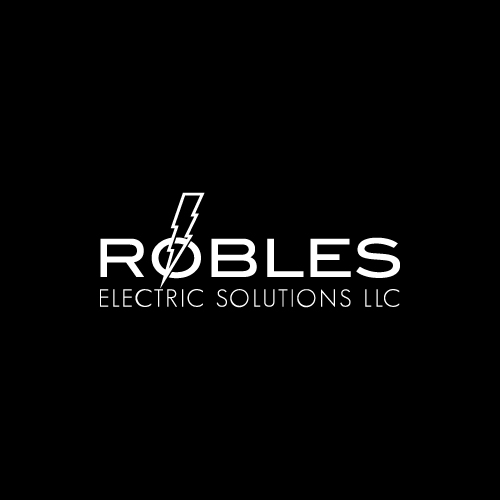Google updates its search algorithms at least once a day. Yeah, I know. How do you keep a good Google ranking knowing that? It’s work, to say the least. From Penguin to Fred or Possum to Hawk, there are tons of minor tweaks in between those big ones that don’t warrant a cool name. So what is Google looking for when deciding to rank your website right now (at the time this article is written anyway)?
Google released a 128-page document outlining their latest Search Quality Evaluator Guidelines in June of 2017. In this document, they outline what Google search engine evaluators (actual humans) are looking for when they are reviewing websites that land on the top pages of Google search results. Their job is to give feedback to ensure that the webpage search results are comprehensive, accurate, timely, spam-free, and most of all, relevant to the searcher’s intent.
It’s a lot, I know. So here is a really helpful breakdown to make your website meet these content guidelines.
Your Website Needs a Clear Purpose for a Good Google Ranking
Every page on the internet is created for at least one purpose. Most pages are created to be helpful for a user. Other pages are created to make money, with little or no effort to help users. And some pages are even created to cause harm to their users with malicious intent. Google’s first step in understanding a webpage is figuring out its purpose. So make sure that you define your purpose immediately. Make sure that your users (and Google) know what your website or webpage is about as quickly as possible. The meta title and description should have given your user a good idea of what to expect after the click and good h1 tags and opening paragraphs should confirm that once they land on the page.
Once you have shown the purpose of your website to your user, you need to have content with weight to it so you can outrank your competitors on the SERPs. Three words are repeated throughout the document which seems to be pretty heavy with the evaluators.
Expertise.
Authority.
Trust.
This makes perfect sense since Google and other search engines alike are aiming to serve the best quality content to their users on any given search. What better way to do that than to find experts or authorities on a topic and someone that you can trust is out to help their user?
So what does Google look for when rating for E-A-T?
Expertise
Being an expert in what you do makes it easier to write content for your website. Showing a high level of expertise really helps to prove your authoritativeness and trustworthiness in your industry through your website as well. Writing articles that explain how things work or how your product or service can help your user are seen as valuable content to Google. Also, brag about your years in business, products sold, and the number of clients helped. Anything that lends to that level of expertise you have earned. Google is looking for this kind of content in both your MC (main content) as well as your SC (supplementary content).
Authority
Proving you are an authority in your field is easiest done by answering frequently asked questions related to your industry. As searches become more conversational, we see more search phrases in the form of a question instead of a random set of keywords. In fact, more than half of searches contain more than 4 words in them suggesting that people have come to expect more exact results to their searches.
Google’s algorithms are also smart enough to look for intent. So, is your content answering someone’s real questions? Is the information on your pages educating your users on specific and relative topics? Be sure to cite other sources when applicable to support any claims that you make. Encourage comments and sharing in posts so users can ask questions that you can answer based on the topic. By answering these FAQs accurately and thoroughly, your customers will rely on you again over your competitors for more information when they have further questions.
Learn more about content marketing here!
Trust
We are talking about how well your users can trust your business based on your website. Building trust between your client and your business is a major milestone in getting someone to feel comfortable making a purchase with you, from your website or otherwise. Reviews, testimonials, accreditations, & associations all show a user the level of credibility and care you have in what you do. Some indication that lends to your level of reliability as a company on every page will go a long way with your users. Forbes found that 80%-90% of shoppers read online reviews before buying a product, in-store or online.
Remember that your user can convert at any time on your site, so make sure that you are doing everything you can to show off your pride and workmanship to your user in every way you can and on every page. So don’t be afraid to publicize your awesome review scores your BBB accreditation or any of those ‘best of’ awards that you picked up over the years. You earned them and your customers like to see them.
Google wants to see all this in your front-end content, and most importantly, so does your user. Hopefully, your web design makes it easy for your user to find this content easily within your web pages. But did you take the time to markup the backend of your website so Google and other search engines can also easily find this information?
Even though this document outlines how Google wants humans to rate your website, their bots are looking for the exact same things when they are crawling it. You can say the search evaluators are the humans who on the complicated algorithms that search engines run. The bots are crawling your content the same as the human evaluators, but to aid them in understanding your website’s purpose quicker, easier, and more clearly, you need to use good schema markup to lay it all out for them.
Schema Markup for Your Website
Schema/micro-format is, in short, a form of universal structured data code that search engines use to know what your website is about and what the content actually means. It is set up to point out key elements like locale, operating hours, site/page content, and review scores! This is not visible to the front-end user, but one of the big pieces that Google ranking bots use to validate your website as useful to a searcher. It can also help show your users more rich content about your site right on the SERP.
There are 100’s of data markups including:
- Local Businesses
- Restaurants
- Articles
- Events
- Products
- Reviews
- Etc.
You can start by helping the bots see if you are a local business by adding this to your website schema (obviously, change our information to your own before posting):
Conclusion
Google looks at so much more than just the website content when determining that it is worthy of a higher Google ranking. Metrics like page speed, mobile-friendliness, security, solid on-site SEO, and overall user experience are a few of the other things that need to be up to par to get that coveted first-page result. With the principles I highlighted above, you will not only set yourself up for success in ongoing campaigns but by default, rank well with the other search engines as well. According to Net Market Share, Google is the favored search engine in terms of use with a 74.5% market share in 2017 and more than 90% of mobile searches.
If you want to skip reading the Google Search Evaluator Guidelines (I wouldn’t blame you), feel free to give us a call and we can go through your website and internet presence for you. No charge. Let’s see where you stand and what might need to be done differently to help get you those first-page rankings. The information is yours to do as you please. If you find it more convenient that we help you solve your issues, we can do that too. Feel free to comment below if you just have a question about this article. We are always happy to help the small businesses of Tucson.









